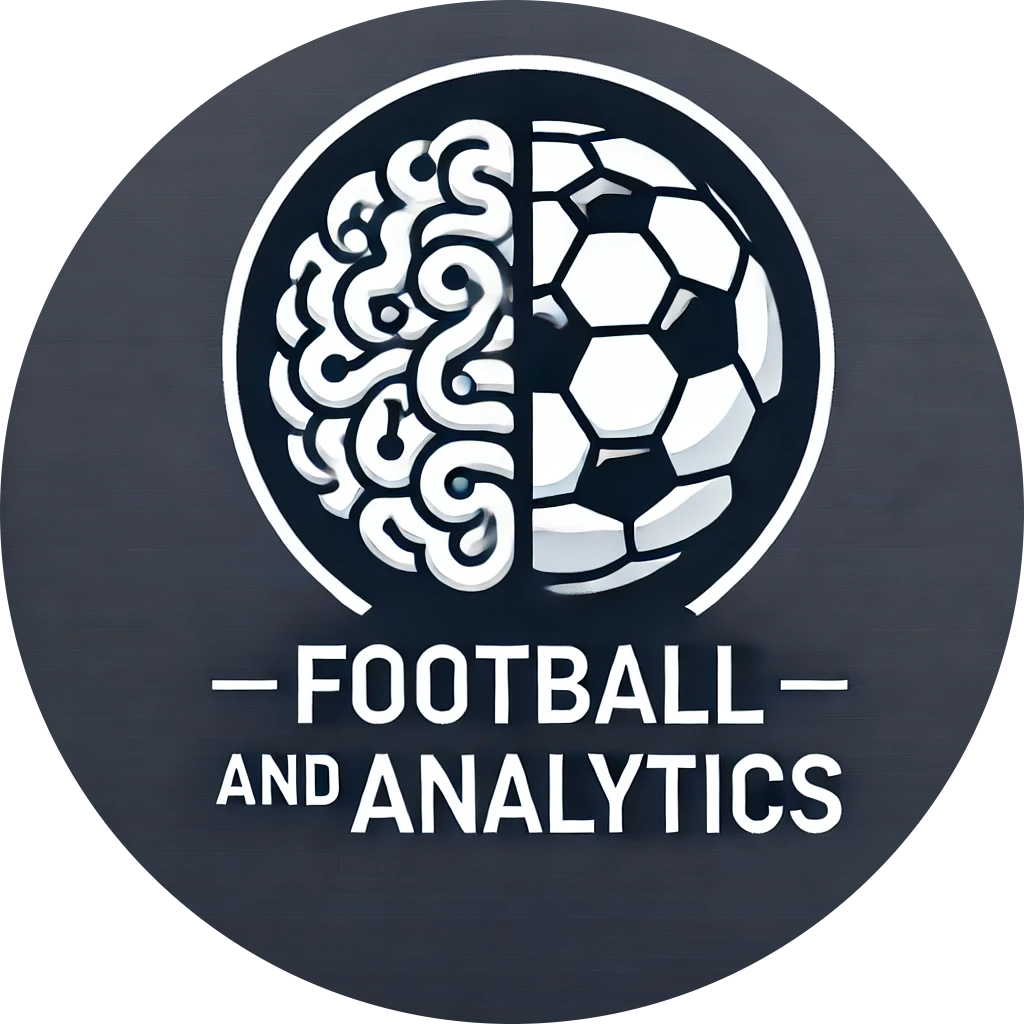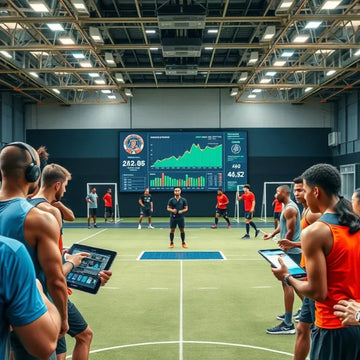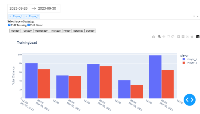Although football has been a combination of skills, passion, and emotions, many methods of clubs to find and develop the players are influenced by the data-driven insights. By spotting the talented players before they become well-known, machine learning, an emerging subfield of artificial intelligence, is transforming the talent scouting process.
Through the examination of many performance indicators, machine learning can predict the trends in the player's behavior and predict a player's potential future development.
Comprehending the Player Potential Concept
A player’s ability to gradually enhance performance is based on measurable qualities like talent, fitness, decision-making, and adaptability, which are referred to as all the player’s potential. Scouts have always evaluated the potential using observation and experience.
This is altered by machine learning, which employs statistical models like Examine performance data from the past and present. Identify obscure connections between characteristics and results. Make predictions better every time fresh information is available.
Essentially, machine learning gives previously subjective judgement objectivity and scalability.
Important Data Sources for Machine learning Models
Algorithms needed both the qualitative and quantitative data to effectively forecast the player potential. Typical datasets consist of match statistics: goals, assists, passes completed, tackles, and interceptions are part of the match statistics.
▪ Physical metrics: Include agility, speed, stamina, and recovery time.
▪ Position tracking: Off-ball movements, distance travelled, and heatmaps.
▪ Physiological Indicators: Mental toughness, flexibility, and consistency.
External Factors: Age, injuries, playing time, and level of competition are examples of the external factors. These inputs work together to provide the machine language models the ability to create intricate players.
The Operation of Machine Language Models
In order to forecast the future performances, machine language models learn from the past data; these steps are typically followed in the process:
▪ Data collection and the clearance: Compiling and improving information from the scouting databases, GPS wearables, and match tracking systems.
▪ Feature Selection: Finding the key factors that affect the player development, such as the age progression or the rate of the skill advancements, is known as the feature selection.
▪ Model Training: Model training is the process of extracting the patterns from the data using techniques such as random forests, support vector machines, or neural networks.
▪ Verifying and Testing: Verifying the dependability by contrasting the model predictions with the actual results.
▪ Constant Updating: Adding fresh match data to the models so they can continuously improve. Clubs can create the models, using this cycle that can predict the player’s potential for improving over the next two to three years in addition to the current level of the skills.
Football Applications in the Real World
ML-driven statistics are already being used by a number of elite clubs to direct hiring and development.
▪ Scouting Hidden Talent: Finding the undervalued players in minor leagues whose data suggest long-term promise is known as “scouting hidden talents.”
▪ Youth Development: Monitoring academy athletes to determine who has the best chance of becoming a professional.
▪ Injury Risk Management: Using the predictive algorithms to determine the likelihood of the physical setbacks.
▪ Transfer Market Decisions: Making the transfer market decisions involving the matching of expenditures to the players whose performance curves exhibit steady increasing tendencies.
Clubs like Brentford, Manchester City, and Liverpool have benefited from the combination of strategy and technique in terms of player acquisition.
Benefits and Limitations
▪ Benefits: The big advantage includes the assessments backed by the data and rapid and scalable analysis across leagues. Making better investment decisions in the transfer market.
▪ Restrictions: High-quality and consistent data is required; measuring the human factors, like the motivation and teamwork, is more challenging.
The models may overfit or misinterpret the situational information (such as the strategies or the role changes).
Conclusion
In conclusion, machine learning enhances rather than replaces the intuition of the coaches and the scouts. Computational analysis and future knowledge could help the football team locate, develop, and retain future players more successfully.
Machine learning-based player potential projection is the next big thing in football analytics. One where the future of the beautiful game is shaped by a combination of intuition and numbers.




